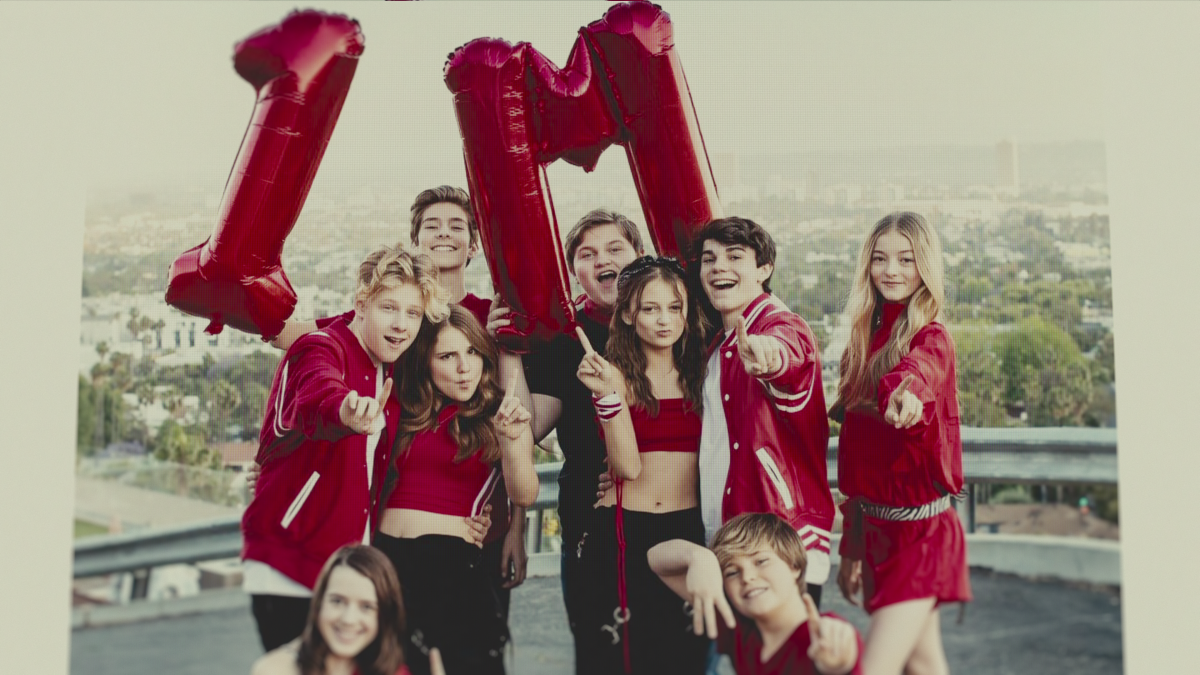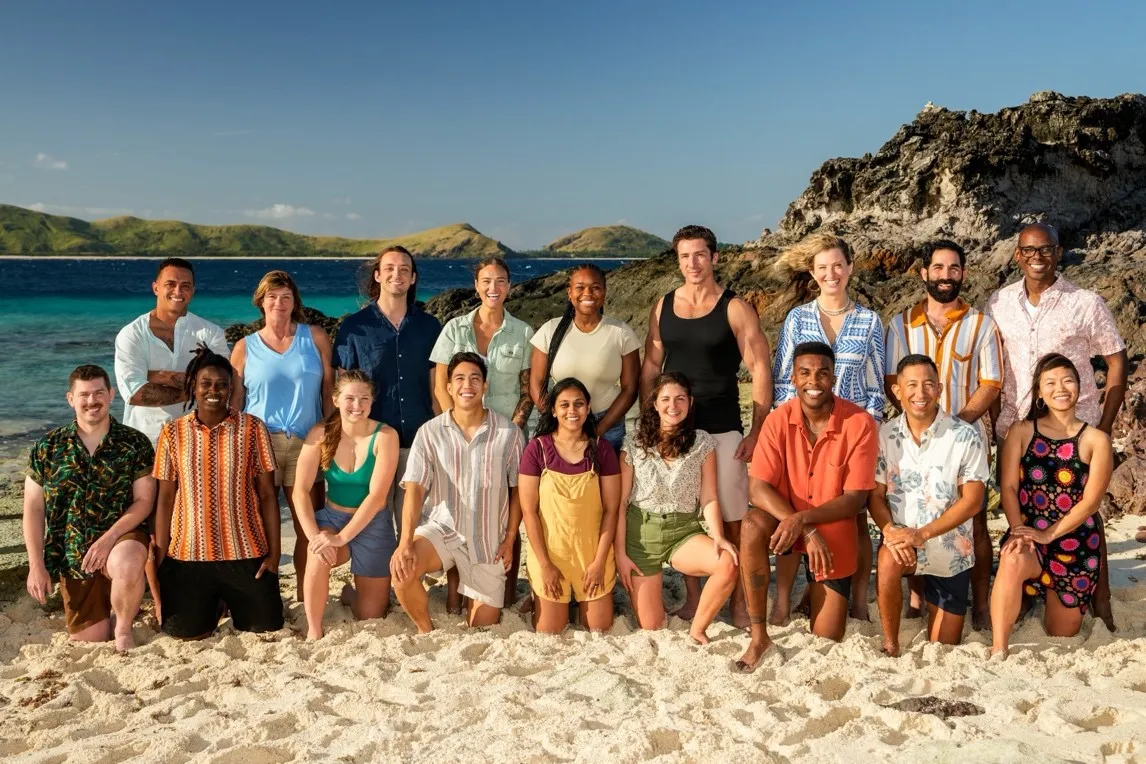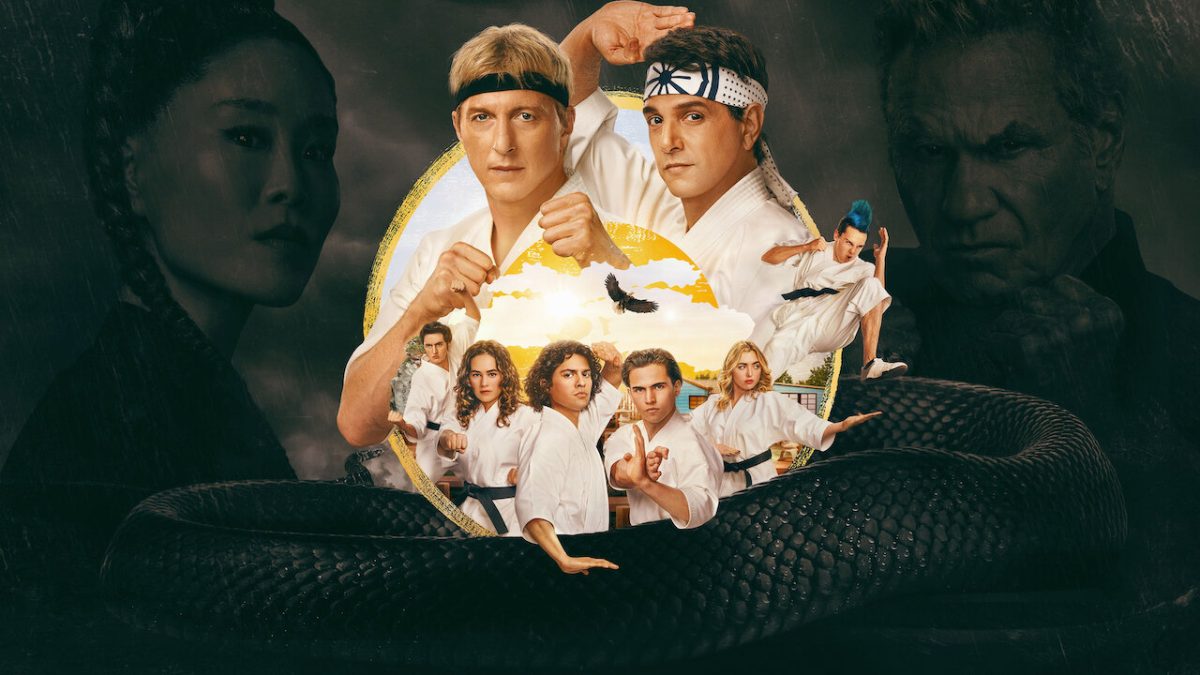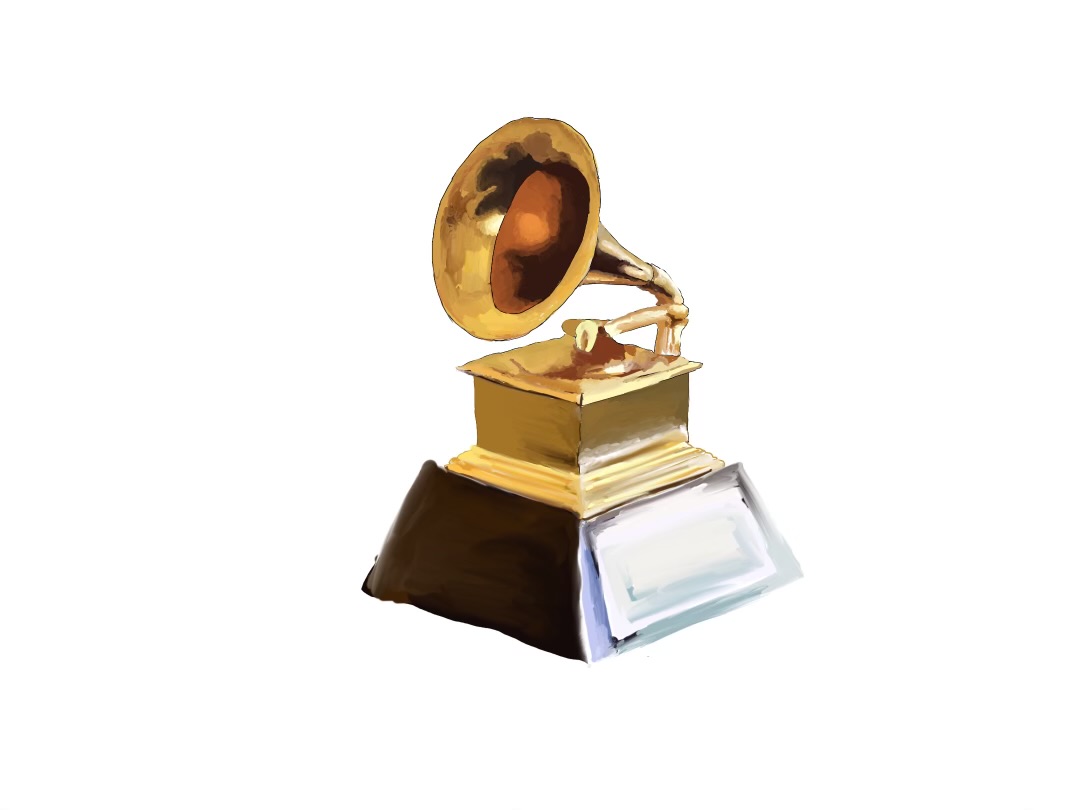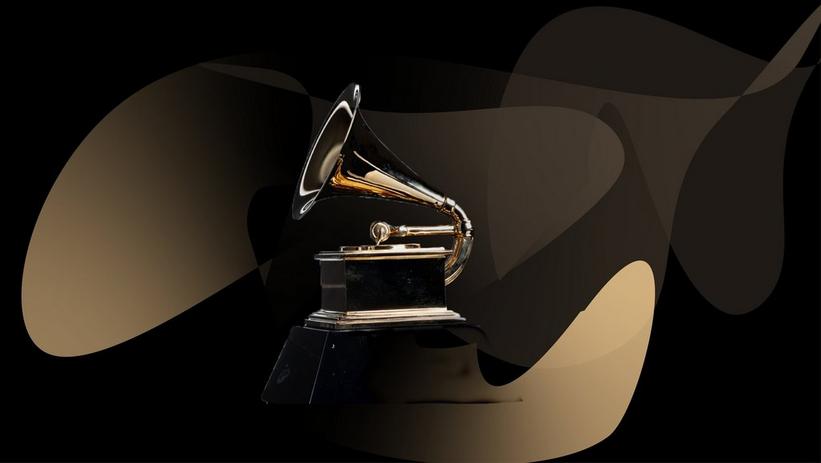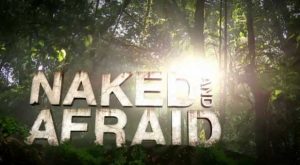
Thanks to the endless possibilities of modern television, one might think that everything has been done in reality television today. If one can think of an idea, there has been a show made about it, from pawn shops to weddings to the Amish mafia and everything in between. The creators of three recent shows, however, managed to find an idea that has not been used before. Dating Naked, Buying Naked, and Naked and Afraid are your typical dating, real estate, and survival shows, respectively, with one catch: contestants are naked.
Dating Naked, perhaps the most conventional of the three, is similar to a typical dating show: two contestants, one male and one female, go on a date with each other and with two other partners over three days, then choose one of the dates at the end. The only catch is that all of the contestants strip down before the date. The dating activities include everything from water skiing to zip-lining, all while participants are completely nude.
Buying Naked features a very different scenario. A couple (sometimes experienced nudists, sometimes new to the idea) go to real estate agent Jackie to find a home. They see three houses, in or out of nudist communities, and familiarize viewers with some of the quirks of a nudist lifestyle. At the end, they choose a home.
A third show, Naked and Afraid, is the most successful of the three, though for reasons other than its nudity. Two people are put in a remote location for 21 days, stripped of their clothes, and allowed to take only one item with them. The show is much more difficult than other survival shows as the survivalists are left by themselves to survive–barring life-threatening illness or injury, producers do not intervene, even if the participants do not find food for fourteen days. It uses nudity not as a selling point but as a tool to make surviving harder; not only do contestants have to find food, water, and shelter, but they do not even have clothes to protect themselves from the elements. Producers sought show based purely on survival, and that is what Naked and Afraid is. The show breaks from the rest of the naked shows and successfully uses nudity to make the show unique and interesting.
Many see the shows as gimmicky and contributing to the overly sexualized culture of American TV. Others defend the shows as being on a higher level than gossipy reality TV: they reveal something about society’s views on sexuality. Americans are surprisingly uncomfortable with nudity in day-to-day life because it is linked to sexuality in our culture. These shows show that there is more to it. Dating Naked, for example, works with the different dynamics that come with the vulnerability of being naked. It champions less superficial dating in the era of Tinder and bypasses the awkwardness of the first few (clothed) dates. Buying Naked showcases an alternative lifestyle that most Americans are not familiar or comfortable with, which seems to be a common theme in reality TV; for example, many shows feature unfamiliar cultures like those of the Amish and doomsday preppers. Naked and Afraid uses nudity as a tool to make what could have been a typical survival show one of Discovery Channel’s best shows.
Some of the material, however, is overdramatic and nonsensical, even in shows with such outrageous hooks. Producers do use the shock factor to draw viewers, because their concepts are otherwise overused: survival, real estate, and dating shows can be found on nearly every channel. The only thing that makes naked reality TV unique is that it is done without clothes, and even that gets less interesting as the shows go on.
Despite the possible ingenuity of the concepts of Dating Naked, Buying Naked, and Naked and Afraid, the selling point of the shows remains the nudity, which is sad proof of the idea that “sex sells”. If viewers can look past the nudity, however, naked TV has more to offer: a different view of nudity and a less superficial look at how people live.







